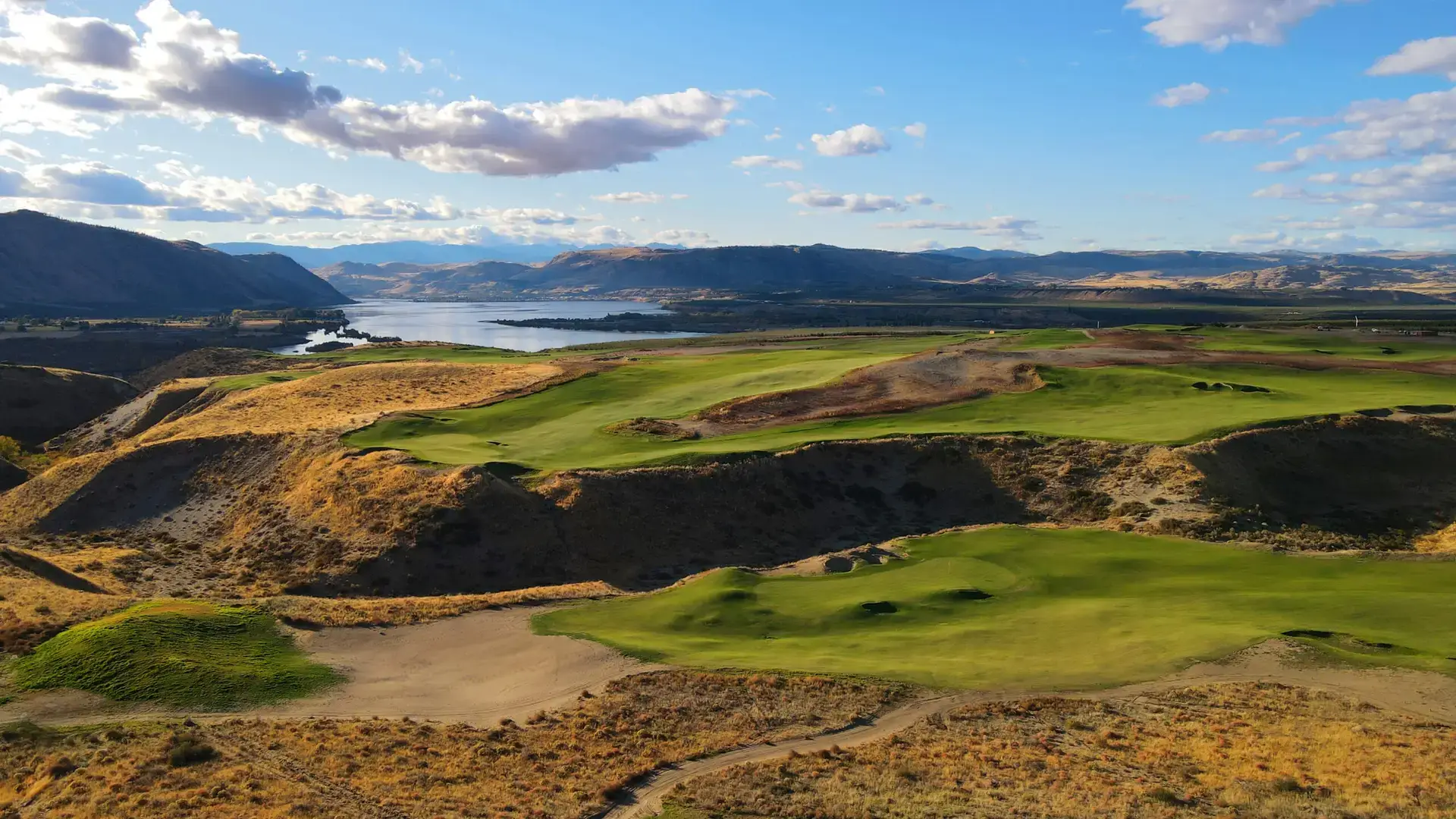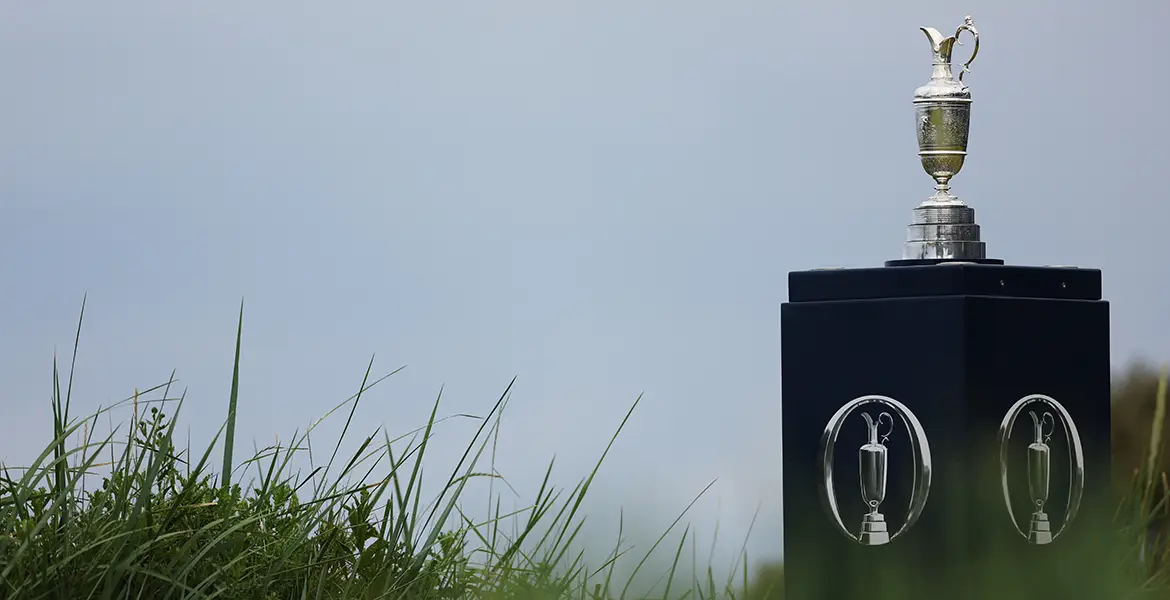After cashing in big on its original bet, Washington State’s Gamble Sands is ready to double down
The second full-length course at Gamble Sands, called Scarecrow, opens to the public on August 1, giving the central Washington State golf destination two 18s alongside a 14-hole short course—an even 50 holes of David McLay Kidd-designed fun.
Scarecrow follows the success story that is the original 18-hole Sands layout, a unanimous Top 100 public course in the U.S. that put Brewster on the golf map in 2014. “We know there’s an appetite for golf in this location that gives us the opportunity to do things we might have been scared to do on the first one,” says Kidd. “The first one, we made a really good cheeseburger; this one, we added a little jalapeño.”

Kidd and associate Nick Schaan stamped Scarecrow on 300 acres of former cornfield (though this is definitely not Kansas, Toto), where the landscape was “a lot more contorted, steep, and aggressive” compared to the Sands. Aiming to make Gamble’s sequel “a few shots harder,” the duo fashioned the 6,900-yard par-71 design with smaller greens and more tactical bunkering—sand is “a little more in your way”—yet preserved the wide landing areas resort guests appreciate off the tee. The vistas overlooking the Columbia River are even more visually breathtaking from here, according to Kidd, staring dead downstream in spots for some 20 miles.
Scarecrow’s closing four-hole stretch occupies the best topography on property. The long par-five 15th wraps around a giant sand gulch on the right toward a V-shaped valley funneling approach shots to the green. The par-three 16th plays across a corner of the same chasm to a “punchbowl-ish” green—the course’s largest with “a couple of elephants that unfortunately died in the middle of it.” A pair of par fours wrap up the round: the 17th, with a double-step fairway and banana-shaped green, pays homage to Alister MacKenzie’s 7th at Crystal Downs; and the downhill, drivable 18th is forgivable enough to encourage most golfers to go for it.
“My hope is people go play these courses, argue which one they like better, and yet want to keep playing them both,” says Kidd.






